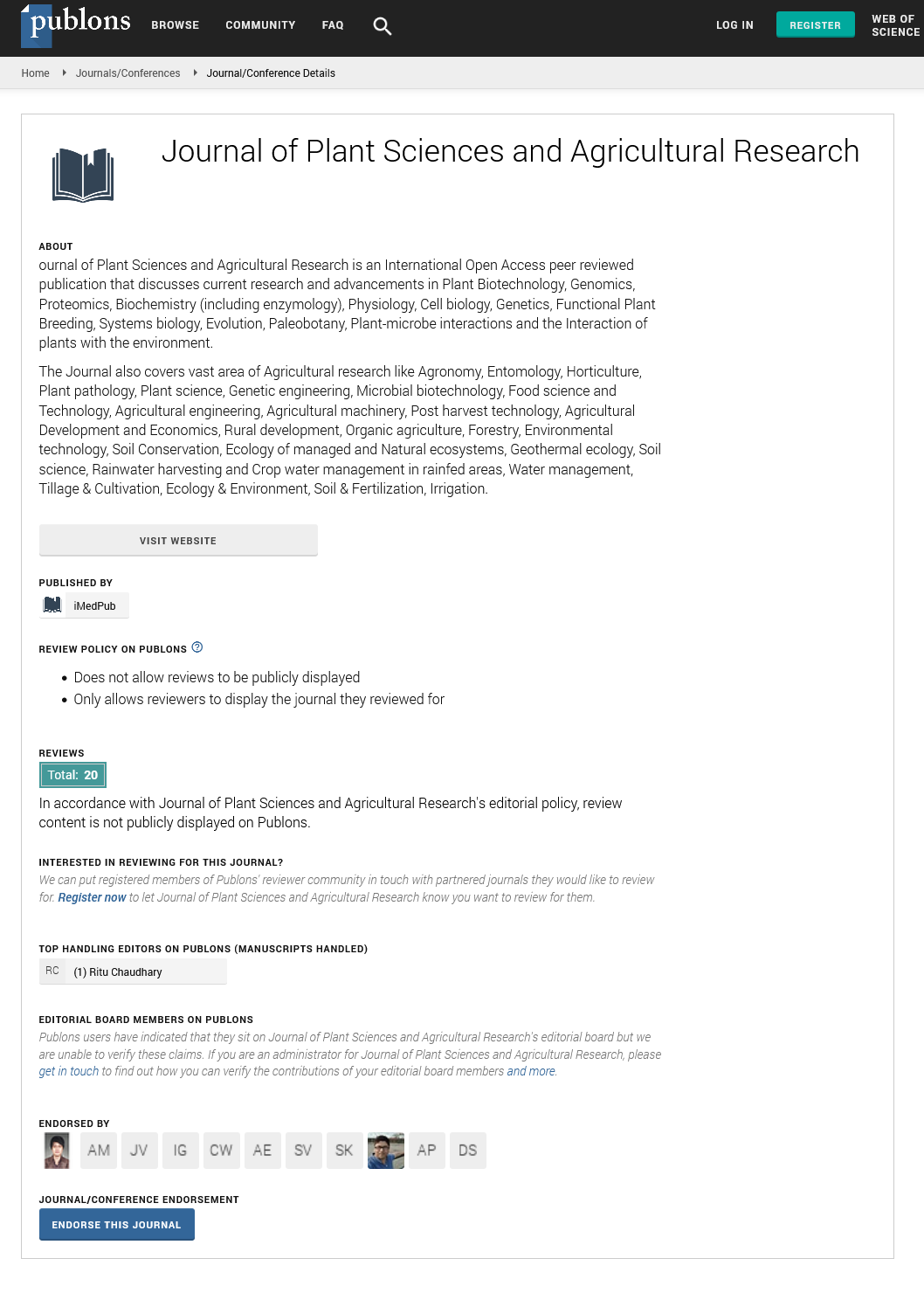Abstract
Effectiveness of Selected Cultural, Biological and Chemical Methods Singly or in Integration as Management Options against Kongwa Weed (Astripomoea hyoscyamoides Vatke Verdc.)
Kongwa weed (Astripomoea hyoscyamoides Vatke Verdc.) cause’s damage on pasture productivity. This study was carried-out to evaluate the effectiveness of cultural, biological and chemical methods singly or in integration as management
options. The experiment was conducted at two sites 2.2 km apart within Kongwa District Dodoma region. Site A located at 06.06225S, 36.34204E and 992 masl, characterized with low weed population, and site B located at 06.07862S, 36.32756E and 962 masl, characterized with high weed population, both with sandy loam texture. A randomized complete block designs with four replicates were used at both sites. Site A contained five treatments while site B had 12 treatments as weed management techniques applied in paddocks occupied with buffel grass (Cenchrus ciliaris) and star grass (Cynodon dactylon), respectively. Results showed that, at site A treatment M. azedarach significantly affected the number of Kongwa weed survivor (5) and number of weed leaves (7), similar effect observed on pasture yield of (8.9 ton ha-1) in the same treatments at p<0.001. However results on site B showed that, number of weed leaves (14), height (37.55 cm) and girth (3 mm) were significantly affected at p<0.001 by 2,4-D treatment, while cutting+ Melia azedarach treatment was significantly affected weed survivor 10 at p<0.001 compared to other applied treatments. Further hand pulling+Meliaazedratch and cutting+2, 4-D) had significant influence on pasture yield of 14.02 ton ha-1 at p<0.001 compared to other treatments. Integrated weed management (cutting+Melia azedarach, hand pulling+Melia azedarach and cutting+2, 4-D were more effective than single treatment when applied in high weed infestation. It is recommended that, integrated weed management could be applied in high weed infestation, whereas herbicides or plant extracts could be applied singly in low weeds infested rangelands.
Author(s): NA Mwalongo*, IS Selemani, KP Sibuga, CL Rweyemamu and GF Fupi
Abstract | Full-Text | PDF
Share This Article
Google Scholar citation report
Citations : 135
Journal of Plant Sciences and Agricultural Research peer review process verified at publons
Abstracted/Indexed in
- Google Scholar
- Publons
- Secret Search Engine Labs
Open Access Journals
- Aquaculture & Veterinary Science
- Chemistry & Chemical Sciences
- Clinical Sciences
- Engineering
- General Science
- Genetics & Molecular Biology
- Health Care & Nursing
- Immunology & Microbiology
- Materials Science
- Mathematics & Physics
- Medical Sciences
- Neurology & Psychiatry
- Oncology & Cancer Science
- Pharmaceutical Sciences
